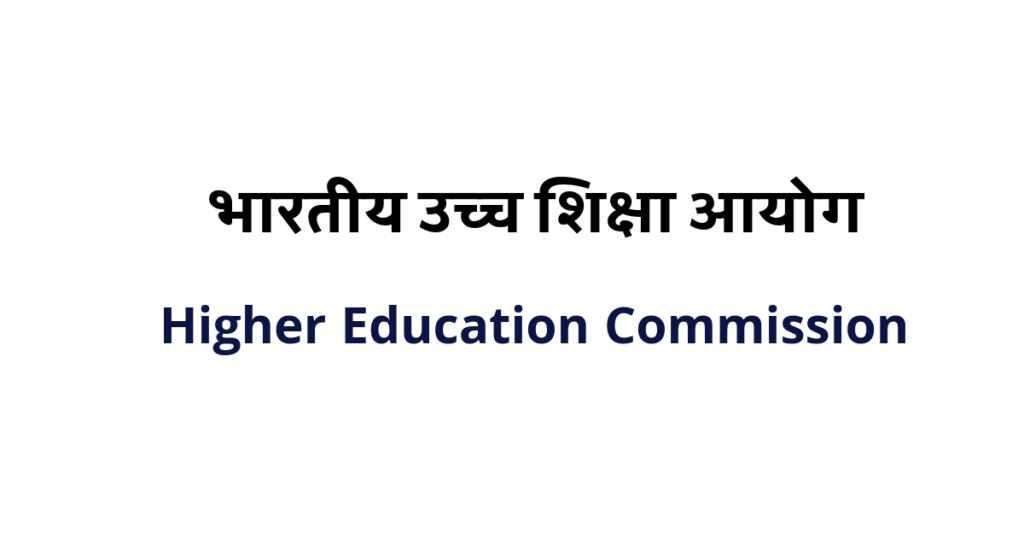The Establishment of HECI—Historic Reform in Indian Education
The HECI will unify India’s fragmented education regulators, enhance quality and autonomy, and foster innovation—making Indian universities globally competitive and student-friendly in line with NEP 2020 goals.

Why is it in News?
The Ministry of Education has announced the drafting of a bill to establish the Higher Education Commission of India (HECI), heralding one of the most transformative changes in India’s higher education landscape since independence. HECI is set to replace institutions such as the University Grants Commission (UGC) and other regulatory bodies, providing a unified and more effective framework for governance, regulation, and quality assurance across universities and colleges.
This proposed commission aligns with the recommendations of the National Education Policy (NEP) 2020, which called for far-reaching reforms to make India a global hub for quality higher education. The establishment of HECI is expected to streamline approval processes, improve quality control, promote research and innovation, and enhance the autonomy of academic institutions.
Purpose and Significance
The principal objective of HECI is to drive standardization, quality enhancement, and global competitiveness in India’s higher education system. The current regulatory structure—with UGC, AICTE, NCTE, and others—has been criticized for overlap, confusion, and inefficiency. HECI will consolidate these roles under a single umbrella, leading to greater coherence and clarity.
HECI’s mandate is crucial at a time when Indian students are seeking education abroad, and the government aspires to reverse the trend by making domestic institutions more attractive for both Indian and international students. Greater institutional autonomy and a performance-based evaluation system will encourage competition and continuous improvement across universities.
By replacing the fragmented and sometimes conflicting regulatory environment with a graded autonomy system, HECI will allow high-performing institutions greater freedom while maintaining robust checks and quality benchmarks.
Important Information
- HECI will comprise a chairperson, vice-chairperson, and expert members from diverse fields.
- It will operate through four main verticals: National Higher Education Regulatory Council (NHERC), General Education Council (GEC), Professional Standard Setting Body (PSSSB), and Grants Allocation Council (GAC).
- NHERC: Regulation and monitoring
- GEC: Curriculum and academic standards
- PSSSB: Professional education benchmarks
- GAC: Distribution of financial grants
- Graded autonomy will be based on institutional performance, allowing more flexibility for better-performing institutes.
- HECI will establish merit-based assessment and regular evaluation processes.
- The UGC, established in 1956, along with AICTE and NCTE, will be subsumed under HECI for coordinated policy making.
- The commission will set new benchmarks for research funding, international partnerships, and innovation.
Fact Table
| Aspect | Details |
|---|---|
| Proponent | Ministry of Education |
| Full Name | Higher Education Commission of India (HECI) |
| Policy Basis | National Education Policy 2020 |
| Main Objective | Unified control & quality enhancement |
| Current Regulators | UGC, AICTE, NCTE, etc. |
| Main Departments | NHERC, GEC, PSSSB, GAC |
| Potential Beneficiaries | All higher edu institutes and students |
| Scope of Implementation | National |
| Legislative Requirement | Parliamentary approval |
Conclusion
The establishment of HECI represents a paradigm shift in the modernization and global positioning of Indian higher education. Streamlined regulation, graded autonomy, and enhanced focus on merit signal India’s intent to become a knowledge-driven economy and a preferred destination for students worldwide.
HECI’s success will depend on its ability to balance academic freedom with accountability, and its approach to research, innovation, and internationalization. This landmark reform lays the groundwork for building world-class universities, fostering vibrant intellectual cultures, and empowering young Indians for the demands of the 21st century.
Key Facts
- Ministry of Education drafting bill for HECI—single umbrella regulator
- Will replace UGC (est. 1956), AICTE, NCTE, etc.
- Four verticals: NHERC (regulation), GEC (standards), PSSSB (professional benchmarks), GAC (grants/distribution)
- Provides graded autonomy based on institutional merit and regular evaluation
- Operates national scope; legislative approval pending
- Targets improved research, innovation, and internationalization
UPSC Practice Questions
- Discuss the need and implications of establishing HECI in the context of existing regulatory challenges in Indian higher education.
- Analyze the key recommendations of NEP 2020 regarding higher education reforms and assess how HECI can transform the sector.
- Examine the role of graded autonomy and performance-based evaluations in improving academic quality in India’s universities.
- Critically evaluate the balance between academic freedom and centralized regulation under HECI.
